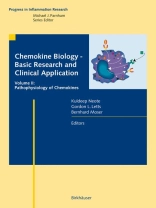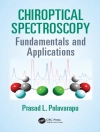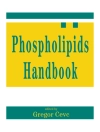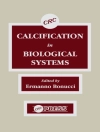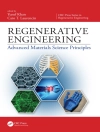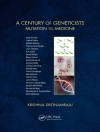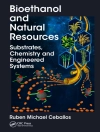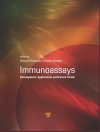Chemokines play an important role in recruiting inflammatory cells into tissues in response to infection and inflammation. They also play an important role in coordinating the movement of T-cells, B-cells and dentritic cells, necessary to generate an immune response (response to injury, allergens, antigens, invading microorganisms). They selectively attract leukocytes to inflammatory foci, inducing both cell migration and activation. They are involved in various diseases, like a...
Tabela de Conteúdo
Chemokines in animal disease models.- Chemokines in animal models of inflammation.- Autoimmune diseases.- Chemokines in allergic responses: eosinophils, basophils...
Compre este e-book e ganhe mais 1 GRÁTIS!
Língua Inglês ● Formato PDF ● Páginas 171 ● ISBN 9783764374372 ● Tamanho do arquivo 2.1 MB ● Editor Kuldeep Neote & L. Gordon Letts ● Editora Springer Basel ● Cidade Basel ● País CH ● Publicado 2007 ● Carregável 24 meses ● Moeda EUR ● ID 2205642 ● Proteção contra cópia DRM social
